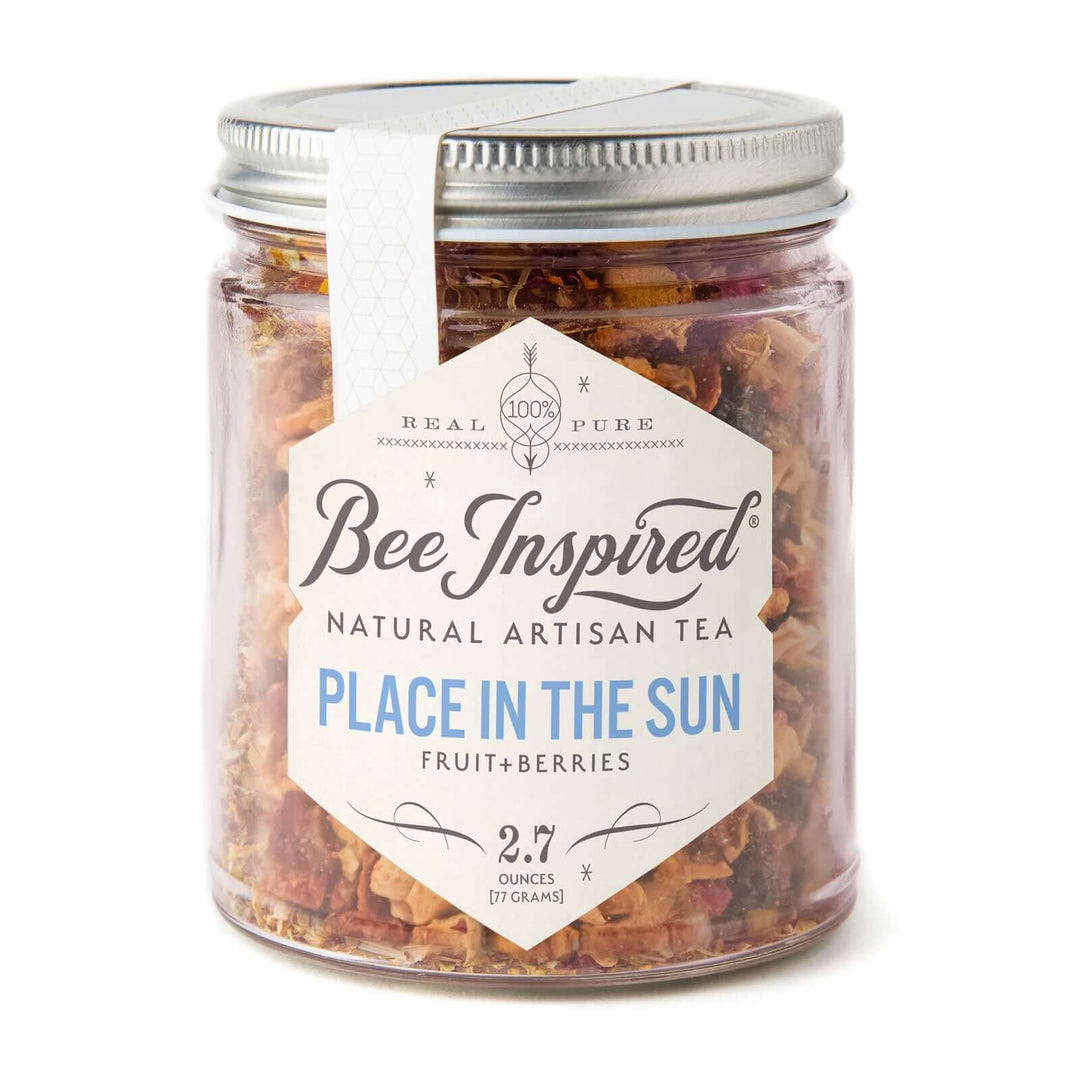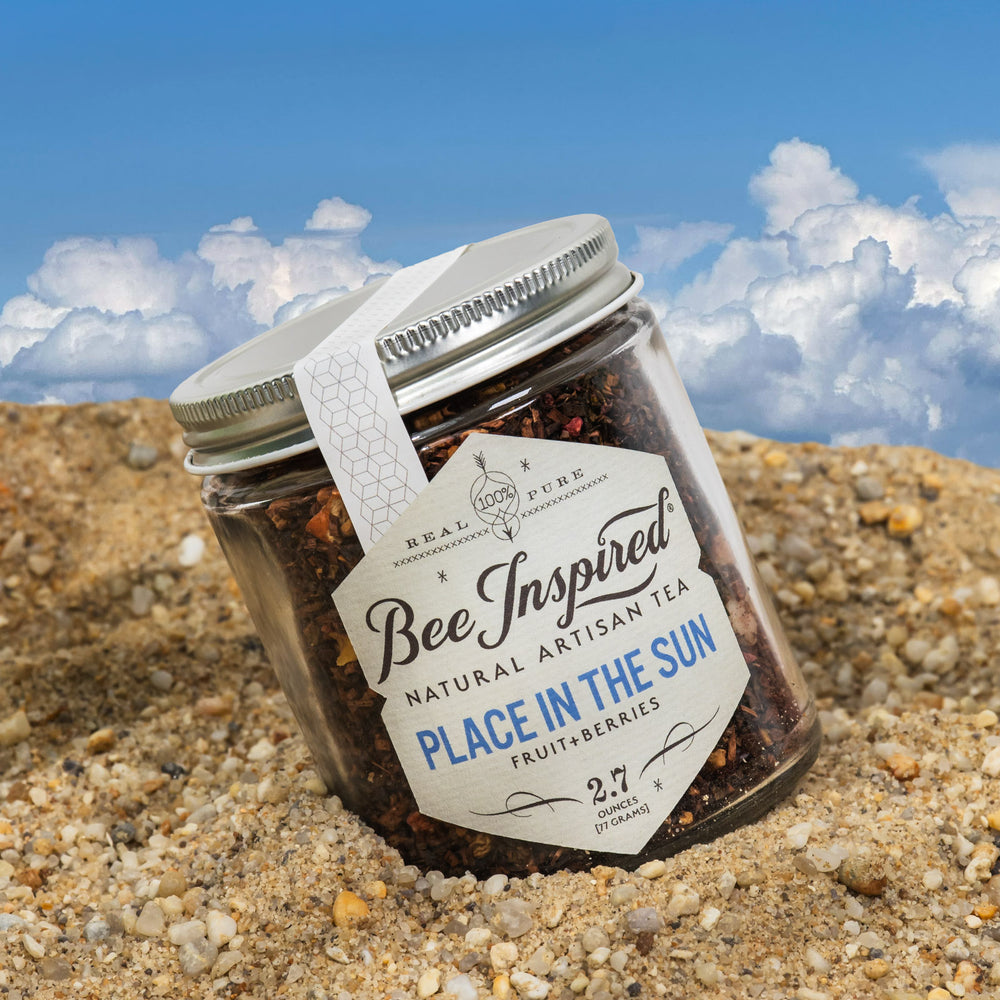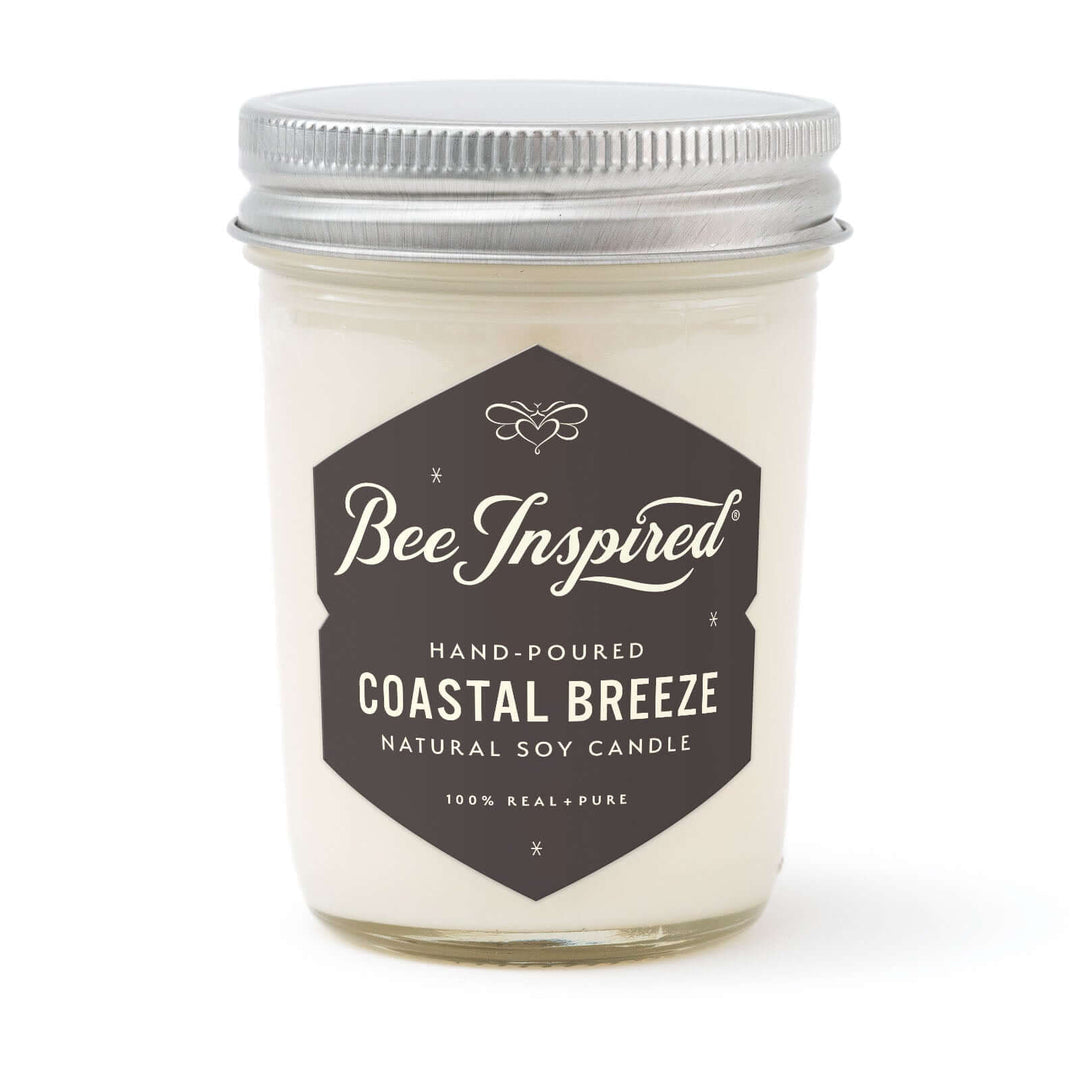Milkweed on the Eastern Shore
During the bleak of winter, we really come to miss the flora of the farm. Covered with acres of wildflowers, native grasses, and trees, our Chesterhaven farm is a little haven for the bees. One plant in particular stands out from the crowd: milkweed.
Milkweed is one of the most magical plants on the farm. Blooming from early to late summer, swaths of the plants grow wild on our property and fill the landscape with seas of mauve and pink pompom-esque blooms. To supplement what nature has given us, we've added our own plantings of orange butterfly weed around the property. When all of these plants come into bloom, they attract all sorts of pollinating birds and insects to the area. You would not believe the swarms of bees that surround the flowers. It's almost unbelievable!

The milkweed plant gets its name from the milky sap that will ooze from the plant when leaves and stems are broken. This sap is toxic to most animals and contains a latex compound that will cause heart failure if consumed. It can also cause contact dermatitis in sensitive individuals-we suggest that you use gloves when gardening around milkweed to avoid possible reactions. After blooming, the plants form a trademark seedpod that will eventually burst and release little silky tufts that carry the seeds in the wind. This "silk" was actually used during the world wars as a replacement for feather down and other insulating materials!

Milkweed provides a Sweet Treat for the Pollinators
Milkweeds provide nectar to pollinators from the moment it blooms right up until the flowers fade. On most plants, pollen forms individual grains within a flower. These grains are picked up and transferred from plant to plant. But on milkweed, entire clumps of pollen are carried from plant to plant after being pulled from the flowers. Because of this, butterflies aren't the best pollinators of milkweeds-the method in which they feed doesn't allow for much pollen to be moved around.Hummingbirds and hummingbird moths will also feed on the nectar, although they also don't provide great pollination services to the plant. Bees are effective in pollinating the plants; they crawl into the flowers and really pick up the clumps of pollen.

The leaves and stems also provide the only food source for monarch butterflies. Monarch butterflies are one of the few creatures that can eat the toxic plant without issue! Without these plants, monarchs would have no other place to lay their eggs and feed on while they develop! If you have milkweeds in your yard, we suggest that you let them bee. The flowers really are quite beautiful and fragrant, and the shrubby stature of the plants adds dimension to the garden. The leaves give texture to the landscape as well-the dark green color and slight velvety texture balance out brighter flowers and leaves.

Milkweed is one of those plants that only seems to grow with lots of friends. But, the more the merrier! We love how the plants require no maintenance on our part, and how they come back year after year, stronger than they were before. If you have milkweed in your yard, let it bloom-you'll surely fall in love with it like we have.
Interested in other plant material for pollinators? Check out our blog on Farming for Bees!











